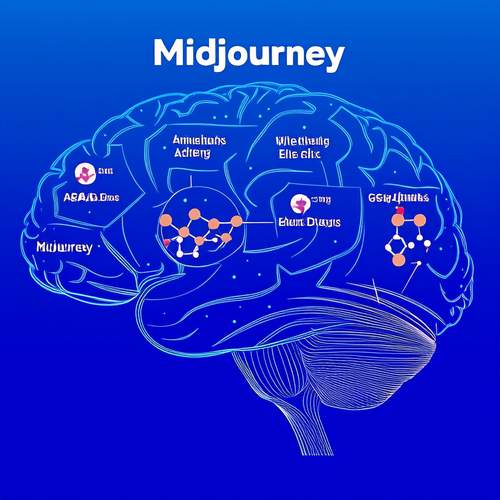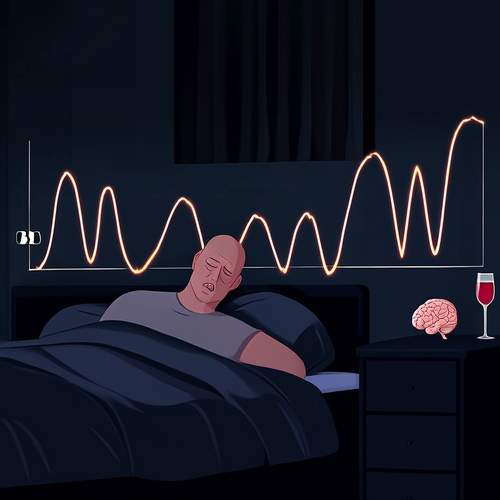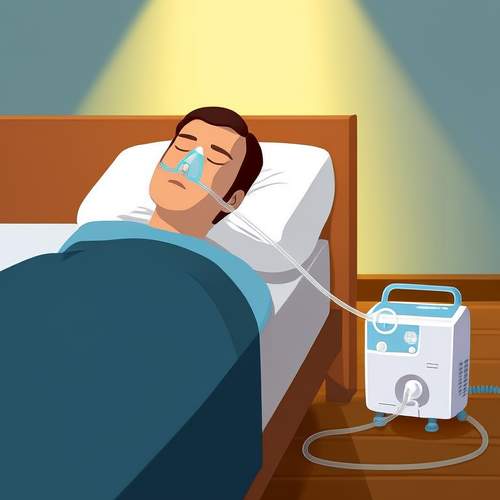Sleep is a fundamental aspect of human health, yet its patterns and requirements shift dramatically as we age. From the deep slumber of infants to the lighter, often interrupted sleep of older adults, our relationship with rest evolves throughout our lifespan. Understanding these changes can help individuals optimize their sleep habits and improve overall well-being.
Newborns spend the majority of their time asleep, often logging 14 to 17 hours per day. This sleep is crucial for their rapid physical and neurological development. Unlike adults, infants experience sleep in shorter cycles, waking frequently for nourishment. Parents often struggle with erratic sleep schedules during this stage, but this pattern is entirely normal. The sleep of young children gradually consolidates into longer nighttime periods with fewer daytime naps.
As children enter school age, their sleep needs remain substantial at 9 to 11 hours per night. This is when sleep begins to play a critical role in learning and memory consolidation. Many parents notice that well-rested children demonstrate better focus and emotional regulation. Unfortunately, modern lifestyles with excessive screen time and early school start times often compromise the sleep quality of school-aged children.
Adolescence brings dramatic changes to sleep patterns due to shifting circadian rhythms. Teenagers naturally fall asleep later and would benefit from waking later, a schedule that frequently clashes with school requirements. Chronic sleep deprivation in this age group has been linked to mood disorders, decreased academic performance, and even increased risk-taking behaviors. The hormonal changes of puberty further complicate sleep architecture during these formative years.
Young adults typically experience the most stable sleep patterns of their lives, assuming good health and habits. The recommended 7 to 9 hours becomes achievable for many, though work pressures and social obligations often interfere. This stage represents the peak of sleep quality for most individuals, with deep sleep stages occurring more frequently than in later years. However, the foundations for future sleep problems may begin forming during this period through accumulated sleep debt.
Middle age introduces new challenges to maintaining healthy sleep. Hormonal changes in both men and women begin affecting sleep continuity. Many adults notice they wake more frequently during the night and have greater difficulty returning to sleep. Stress from career and family responsibilities often compounds these biological changes. Sleep disorders such as insomnia and sleep apnea become more prevalent during these decades.
Older adults frequently experience significant alterations in their sleep architecture. The production of melatonin decreases, making it harder to fall asleep. Time spent in deep, restorative sleep diminishes while lighter sleep stages dominate. Many seniors adapt by taking daytime naps to compensate for shorter nighttime sleep. Medical conditions and medications common in later life can further disrupt sleep patterns, creating a complex challenge for maintaining sleep health.
The relationship between aging and sleep is bidirectional - just as aging affects sleep, poor sleep quality may accelerate aspects of the aging process. Chronic sleep deprivation has been linked to earlier onset of age-related conditions. This interconnection highlights the importance of prioritizing sleep at every life stage. While we cannot stop the biological clock, understanding these patterns allows us to work with our body's natural rhythms rather than against them.
Modern research continues to uncover fascinating details about age-related sleep changes. Scientists now understand that sleep plays different roles at different life stages - from facilitating growth in children to supporting brain maintenance in older adults. This evolving knowledge helps explain why sleep requirements shift throughout our lives and underscores the importance of age-appropriate sleep hygiene practices.
Across all ages, certain principles remain constant for promoting better sleep. Maintaining consistent sleep schedules, creating restful environments, and managing stress contribute to improved sleep quality regardless of age. However, the specific implementation of these principles may vary significantly depending on one's life stage. What works for a toddler won't necessarily help a retiree, and vice versa.
Technology offers both challenges and solutions in our quest for better sleep across the lifespan. While screens often interfere with natural sleep patterns, new innovations in sleep tracking and environmental controls can help optimize rest. The key lies in using technology mindfully and in ways that support rather than disrupt our biological sleep needs.
As our understanding of sleep and aging grows, so does recognition of sleep's role in healthy longevity. Future research may provide more personalized approaches to sleep optimization at different ages. For now, honoring our body's changing needs and respecting the vital importance of rest remains our best strategy for sleeping well through all of life's stages.

By /May 22, 2025

By /May 22, 2025

By /May 22, 2025

By /May 22, 2025

By /May 22, 2025

By /May 22, 2025

By /May 22, 2025

By /May 21, 2025

By /May 21, 2025

By /May 21, 2025

By /May 21, 2025

By /May 21, 2025

By /May 21, 2025

By /May 21, 2025

By /May 21, 2025

By /May 21, 2025

By /May 21, 2025